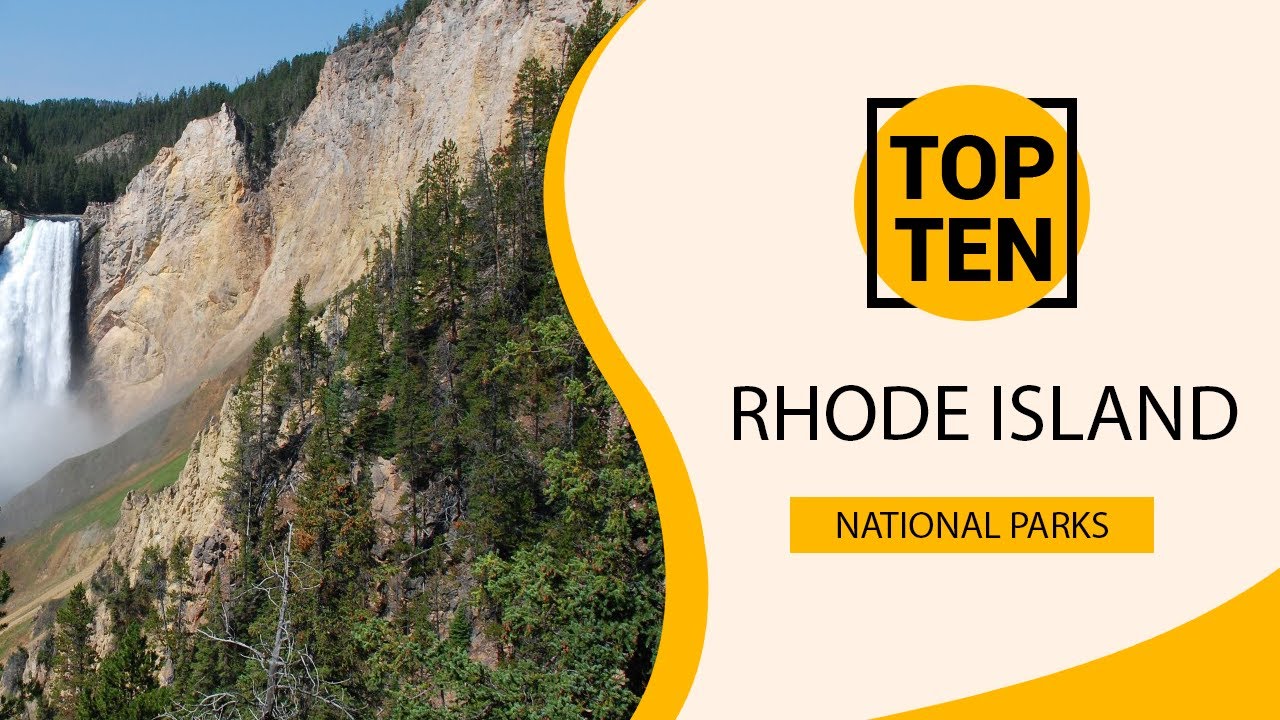Introduction to Rhode Island’s National Parks
Rhode Island, the smallest state in the United States, may be small in size, but it is home to a surprising number of national parks. Despite its diminutive stature, Rhode Island boasts a rich diversity of natural landscapes and historical sites, which are beautifully preserved within its national parks. These parks offer visitors a chance to explore the state’s natural beauty, learn about its history, and engage in various recreational activities.
Importance of National Parks in Rhode Island
National parks in Rhode Island play a crucial role in the preservation and protection of the state’s natural and cultural heritage. These parks serve as sanctuaries for plant and animal species, ensuring their survival against the threats of urban development and habitat destruction. Additionally, they provide opportunities for outdoor recreation and education, allowing residents and visitors to connect with nature and appreciate the state’s unique landscapes.
Historical Significance of Rhode Island’s National Parks
Rhode Island’s national parks hold great historical significance, as they showcase important moments in the state’s history. For instance, the Roger Williams National Memorial commemorates the founder of Rhode Island and his advocacy for religious freedom. The Touro Synagogue National Historic Site, the oldest synagogue building in the United States, stands as a testament to the state’s religious diversity. These parks offer visitors a glimpse into the past, allowing them to better understand the historical roots of Rhode Island.
Exploring the Biodiversity of Rhode Island’s National Parks
Despite its small size, Rhode Island is home to a surprisingly diverse array of ecosystems. The national parks within its borders provide habitats for numerous plant and animal species, including rare and endangered ones. For instance, the John H. Chafee National Wildlife Refuge serves as an important breeding ground for migratory birds, while the Blackstone River Valley National Historical Park provides a corridor for wildlife movement. Exploring these parks allows visitors to witness the rich biodiversity that thrives within Rhode Island.
Rhode Island’s National Parks: A Haven for Conservationists
Rhode Island’s national parks are havens for conservationists, providing them with opportunities to study and protect the state’s natural resources. These parks are carefully managed to prevent overexploitation and ensure the long-term sustainability of their ecosystems. Conservation initiatives within these parks aim to restore and preserve habitats, protect endangered species, and promote sustainable practices. By working within the national parks, conservationists play a vital role in safeguarding Rhode Island’s natural heritage.
The Role of National Parks in Ecotourism in Rhode Island
Ecotourism has gained significant traction as a sustainable form of tourism, and Rhode Island’s national parks are ideal destinations for eco-conscious travelers. These parks offer a wide range of recreational activities, such as hiking, birdwatching, and nature photography. Visitors can immerse themselves in the state’s natural landscapes while minimizing their environmental impact. By promoting responsible tourism practices, national parks in Rhode Island contribute to the economic growth of local communities while preserving the integrity of the environment.
Challenges Faced by National Parks in Rhode Island
Like national parks across the country, those in Rhode Island face various challenges. Urban encroachment, climate change, pollution, and invasive species pose threats to the fragile ecosystems within these parks. Additionally, limited funding and resources make it difficult to adequately manage and protect these natural areas. Overcoming these challenges requires collaborative efforts from government bodies, conservation organizations, and the public to ensure the long-term sustainability of Rhode Island’s national parks.
Promoting Environmental Education in Rhode Island’s National Parks
Rhode Island’s national parks serve as outdoor classrooms, promoting environmental education and awareness. Through interpretive programs, guided tours, and visitor centers, these parks aim to educate the public about the importance of conservation, biodiversity, and sustainable practices. By fostering a sense of stewardship and respect for the environment, national parks in Rhode Island inspire visitors to become active participants in protecting and preserving the state’s natural resources.
Rhode Island’s National Parks: A Glimpse into the State’s Natural Beauty
The national parks in Rhode Island provide a stunning window into the state’s natural beauty. From the pristine coastline of the Fort Adams State Park to the tranquil forests of the George Washington Memorial Campground, these parks offer breathtaking landscapes. Visitors can witness picturesque sunsets, explore hidden coves, and marvel at the diversity of flora and fauna. Rhode Island’s national parks are perfect destinations for nature enthusiasts seeking to immerse themselves in the state’s unparalleled natural beauty.
How Many National Parks are there in Rhode Island?
Rhode Island is home to two national parks: the Blackstone River Valley National Historical Park and the John H. Chafee National Wildlife Refuge. While these parks may be small in size compared to some other national parks in the country, they hold immense historical and ecological value. Despite their modest footprint, these parks provide ample opportunities for visitors to explore and appreciate the natural and cultural heritage of Rhode Island.
Exploring the Unique Features of Rhode Island’s National Parks
Each of Rhode Island’s national parks offers unique features that make them worth exploring. The Blackstone River Valley National Historical Park, for example, presents a fascinating blend of history and nature, featuring the birthplace of the American Industrial Revolution. On the other hand, the John H. Chafee National Wildlife Refuge boasts stunning coastal landscapes, providing important habitat for migratory birds. Both parks offer a chance to delve into the distinct characteristics that make Rhode Island’s national parks truly exceptional.
Conclusion: Preserving and Enjoying Rhode Island’s National Parks
Rhode Island’s national parks play a vital role in preserving the state’s natural and cultural heritage while providing opportunities for outdoor recreation and education. These parks not only serve as sanctuaries for biodiversity but also offer visitors a chance to connect with nature and learn about Rhode Island’s history. By promoting sustainable practices and environmental education, national parks in Rhode Island ensure that future generations can continue to enjoy and appreciate the state’s remarkable natural beauty.





